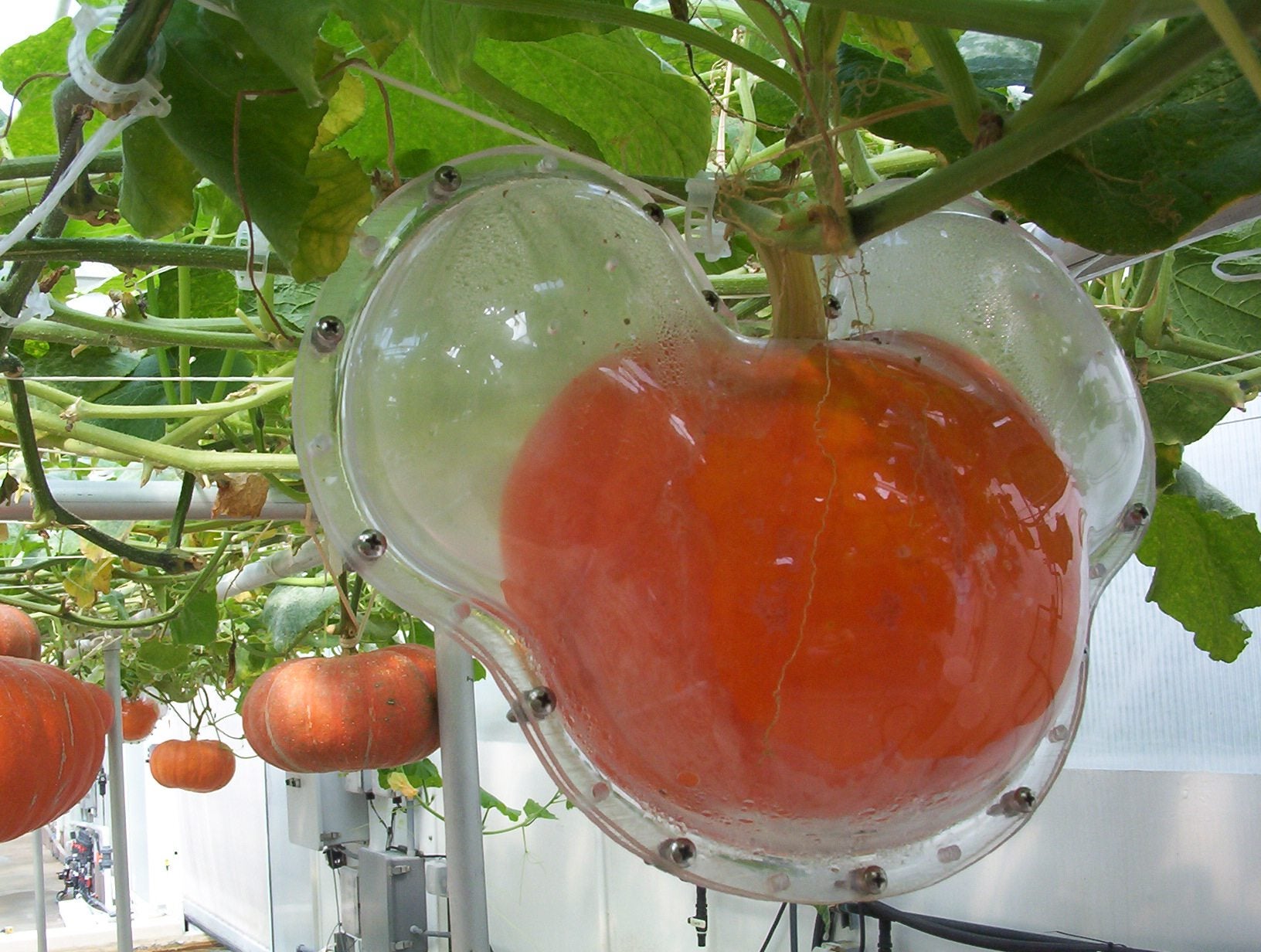Using Pumpkin Molds: Learn About Growing Pumpkins In Molds


Looking to do something a little different with your pumpkins next Halloween? Why not try a different, very un-pumpkin-like shape? Growing shaped pumpkins will give you jack-o’-lanterns that are the talk of the town, and it’s basically as easy as letting your pumpkins grow. Keep reading to learn about growing shaped pumpkins in pumpkin molds.
How to Grow a Pumpkin Inside a Mold
Growing shaped pumpkins requires two things: a mold in the shape you want your pumpkin to be and time. You should pick a mold that’s a little bigger than the estimated mature size of your pumpkin so it doesn’t burst through and you can still slip it out without breaking your mold. Start the process when your pumpkin still has a decent amount of growth ahead of it and it can fit easily into its mold. Growing pumpkins in molds allows for virtually any shape you dream up, but a good starter shape is a simple cube. Good materials to use are wood, tempered glass, or sturdy plastic. You can make your own mold, buy a commercial one, or repurpose any hollow, sturdy containers you might have. A thick bucket or flower pot could make for an interesting cone or cylinder shape.
Growing Pumpkins in Molds
When your pumpkin is still immature, slip it gently inside your mold, being careful not to break it from the vine. As it grows, it won’t necessarily stay in the mold, so stretch a strip or two of duct tape across the open side to keep it from escaping. Water your pumpkin regularly and feed it with a water-soluble fertilizer once per week. Your pumpkin should grow to fill out the shape of the mold. Once it’s tight against the sides of the mold but can still be budged, lift it out -- you don’t want it to get stuck! Allow it to turn orange if it hasn’t already, then cut the pumpkin from the vine and display it!
Sign up for the Gardening Know How newsletter today and receive a free copy of our e-book "How to Grow Delicious Tomatoes".

The only child of a horticulturist and an English teacher, Liz Baessler was destined to become a gardening editor. She has been with Gardening Know how since 2015, and a Senior Editor since 2020. She holds a BA in English from Brandeis University and an MA in English from the University of Geneva, Switzerland. After years of gardening in containers and community garden plots, she finally has a backyard of her own, which she is systematically filling with vegetables and flowers.